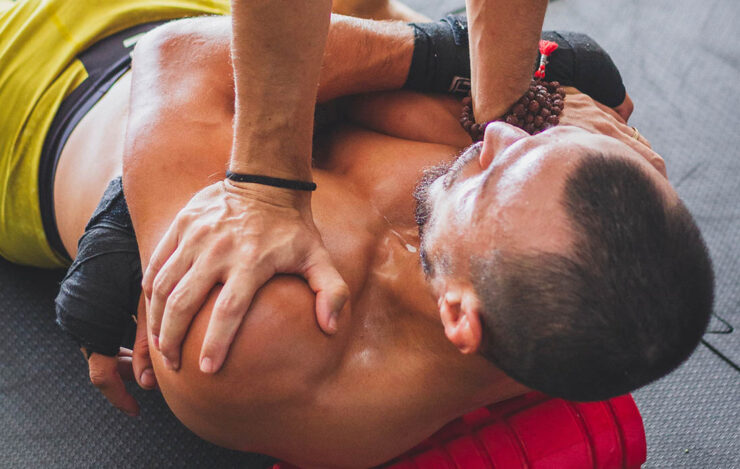Table of Contents
There’s a certain intimacy that comes with the act of receiving a massage, an experience deeply rooted in the relational dynamics of physical touch. He recalled the first time he lay on the massage table, a mix of anticipation and anxiety swirling within. As the therapist’s hands began to work their magic, he couldn’t shake the feeling that he was entering a playful wrestling match—each stroke felt like a gentle push and pull, testing boundaries while inviting relaxation.
It was both an exploration of tension points and a release of pent-up stress, revealing how closely intertwined massage therapy is with our physical experiences. Every press, knead, and stretch mirrored the thrilling intensity of athletic competition. It was in that moment he understood: why every massage feels like a wrestling match in disguise.
The Connection Between Massage Therapy and Physical Competition
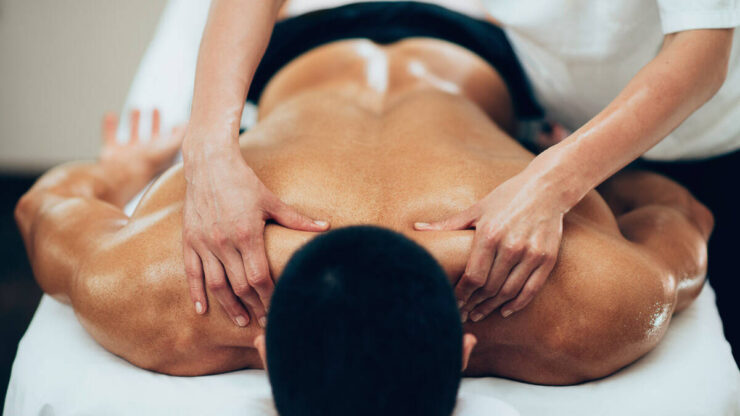
Professional massage (마사지구인) offers deep connections to the world of physical competition, creating a bridge between relaxation and performance enhancement. Athletes often seek the benefits of therapeutic massage to relieve tension, alleviate muscle soreness, and improve circulation—outcomes crucial for optimal competition. This link demonstrates how therapeutic massage can be an integral part of an athlete’s recovery regimen.
The Physical Impact of Therapeutic Massage
Therapeutic massage has profound physical impacts on the body, serving as a critical tool for sports recovery. It aids in:
- Releasing built-up tension in muscles
- Enhancing blood circulation
- Reducing muscle soreness after intense training
These benefits align with the needs of athletes in physical competition, enabling them to recover faster and perform at their best.
How Massage Techniques Resemble Wrestling Moves
Various massage techniques bear similarities to wrestling moves, characterized by their application of pressure and muscle manipulation. Techniques like deep tissue and trigger point therapy involve:
- Targeted pressure on specific muscle groups
- Stretching and kneading that embody elements of wrestling
The art of both therapeutic massage and wrestling involves a respectful understanding of the body’s mechanics and the strategic application of force for optimal results.
Exploring the Psychology of Competition and Relaxation
The psychology of relaxation plays a pivotal role for competitors. While the adrenaline of physical competition drives performance, massage therapy offers a counterbalance, nurturing a state of tranquility. This unique interplay allows individuals to experience:
- A renewed sense of energy
- Enhanced focus for upcoming challenges
- Improved mental clarity and emotional well-being
Realizing this balance can lead to greater performance outcomes, portraying therapeutic massage as not only a recovery method but also a psychological advantage in competitive scenarios.
Why Every Massage Feels Like a Wrestling Match in Disguise
Massages can evoke the sensation of strength and intensity, mirroring the rigors faced in athletic endeavors. This connection becomes particularly evident in specific massage techniques designed for profound relief and recovery. Two techniques stand out prominently in the realm of massage therapy: deep tissue massage and trigger point therapy. Both approaches highlight the parallels between therapeutic touch and the physical challenges athletes endure.
Deep Tissue Massage as a Form of Recovery
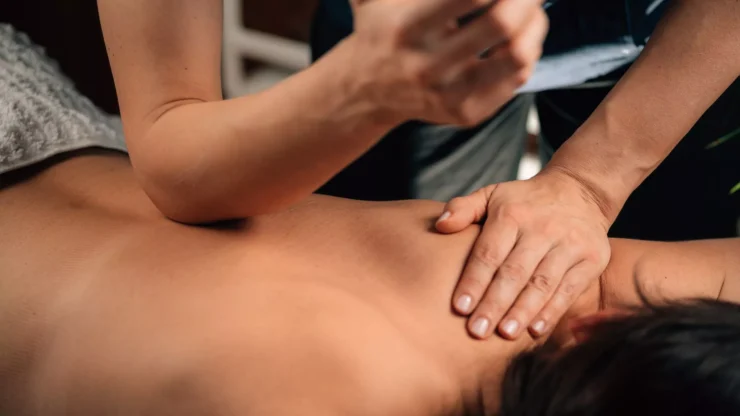
Deep tissue massage plays a crucial role in recovery for athletes. This massage technique delves into the deeper layers of muscles and connective tissues, effectively alleviating severe muscle tension. As professional wrestlers understand the importance of recovery to maintain peak performance, athletes benefit similarly from the intensity of a deep tissue massage. The careful pressure applied helps release knots and tension that build up during strenuous physical activity, leading to enhanced flexibility and improved circulation.
Trigger Point Therapy: Pushing Limits for Relief
Trigger point therapy embodies the spirit of pushing limits, as it focuses on specific areas of tightness within the body. The application of concentrated pressure on these painful spots often feels intense, akin to the challenges faced during a wrestling match. This technique facilitates the release of muscle knots that can hinder movement and overall well-being. By addressing these specific points, individuals experience notable relief that mirrors the satisfaction of overcoming physical hurdles, reinforcing the idea that every massage feels like a wrestling match in disguise.
The Role of Sports Massage in Athletic Recovery
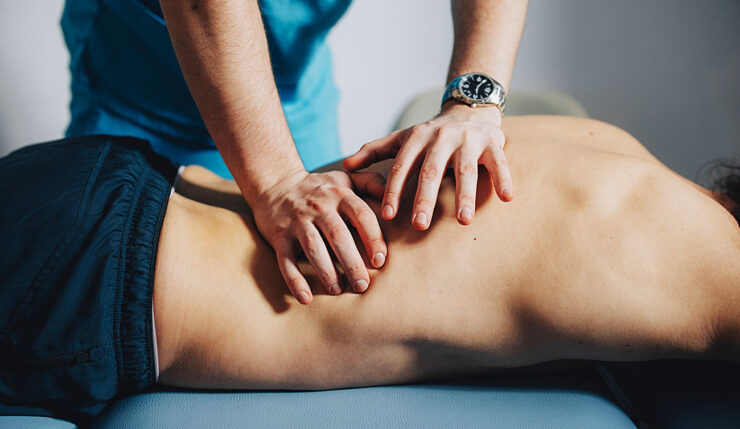
Sports massage plays a crucial role in helping athletes recover from intense physical activity. It specifically addresses the unique challenges faced by athletes, such as muscle soreness and muscle tension. By integrating targeted techniques, sports massage enhances performance and overall well-being.
Muscle Soreness and the Benefits of Myofascial Release
Muscle soreness can hinder an athlete’s training and performance. Myofascial release is a highly effective technique that alleviates this soreness by releasing tension within the fascia—the connective tissue surrounding muscles. This technique not only reduces discomfort but also enhances flexibility and range of motion, enabling athletes to return to their sport more quickly.
How Specific Techniques Address Muscle Tension
Different muscle tension techniques contribute significantly to athletic recovery. Here are a few essential methods:
- Stretching: This technique helps elongate tight muscles and increases flexibility, which is vital for optimal performance.
- Compression: By applying focused pressure, this method aids in reducing swelling and promotes blood flow to affected areas.
- Cross-Fiber Friction: This technique targets specific muscle fibers, breaking down adhesions and improving overall muscle function.
- Trigger Point Therapy: Effective in managing localized pain and tightness, this approach releases pressure points to restore proper muscle function.
Integrating these techniques into sports massage highlights its importance in athletic recovery while providing an edge in performance, much like wrestlers who utilize similar strategies to manage their physical demands.
Conclusion
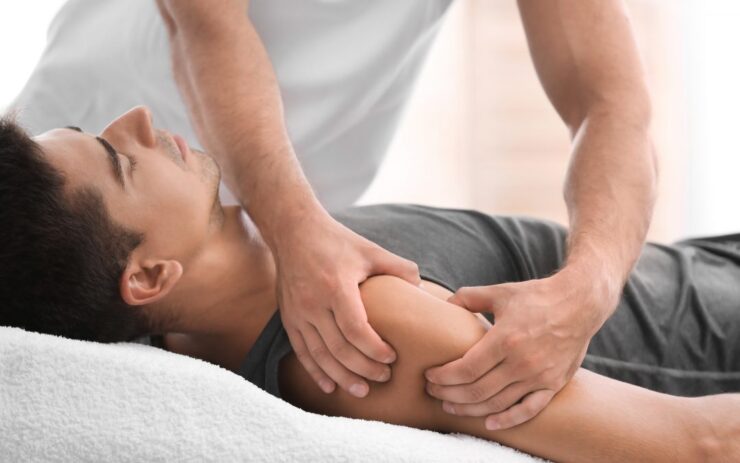
In understanding the unique relationship between massage therapy and physical competition, it becomes evident why every massage feels like a wrestling match in disguise. This intricate interplay highlights the dual nature of therapeutic massages, acting as both a source of profound relaxation and an invigorating form of recovery. The techniques employed mirror those seen in wrestling, showcasing an intensity that aids in muscle recovery while also addressing tension and discomfort.
The therapeutic benefits of massage extend beyond mere physical touch; they dive deep into a realm of psychological and physiological engagement. Just as athletes rely on recuperative strategies to enhance performance, individuals can harness the power of massage recovery to rejuvenate body and mind. This understanding amplifies appreciation for the nuanced benefits that massage provides, leading to greater overall wellness.

